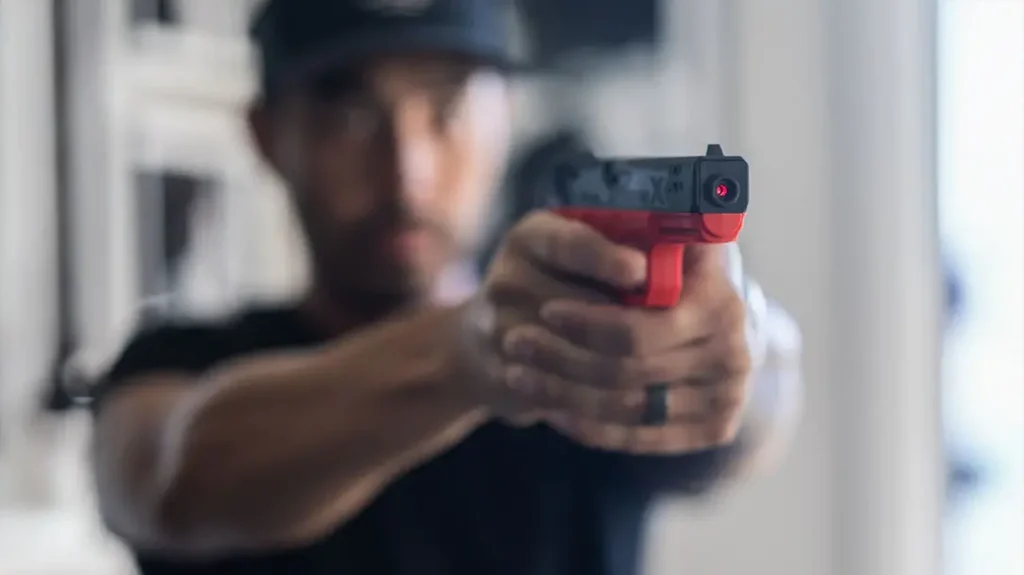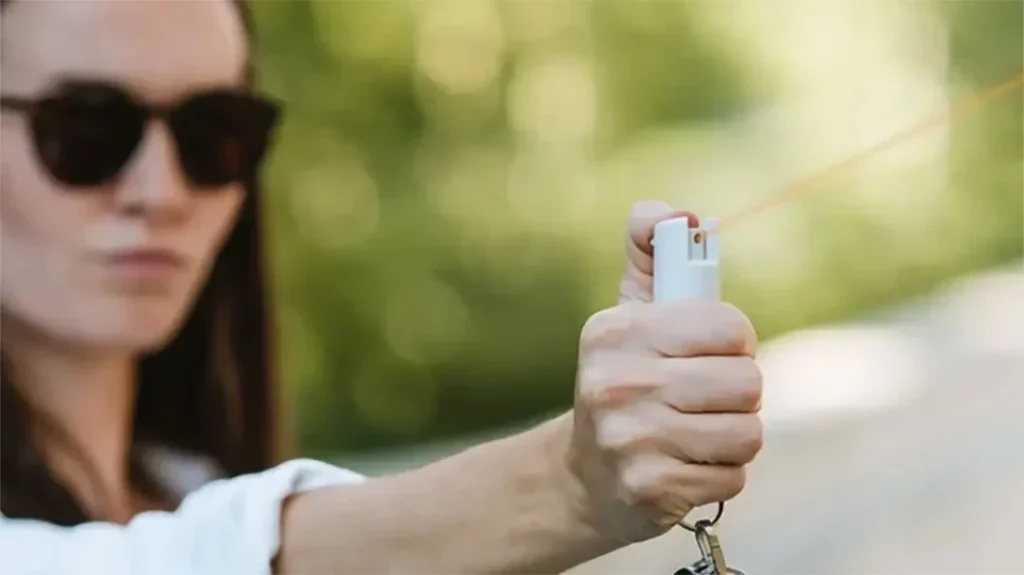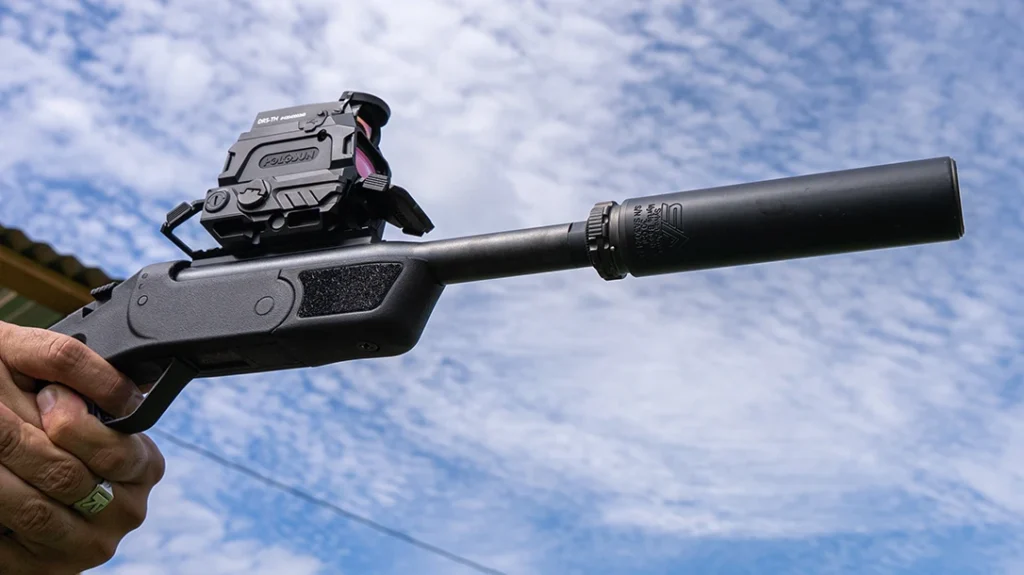Imagine it’s a beautiful sunrise and you are at your Favorite Fishing spot. You grab your tacklebox your fishing rod and coffee and you get ready to throw your first cast. All you hear is the chirping of the morning birds and the soothing sound of the water in front of you. You open your tacklebox and pick your favorite bait. Now it’s time to tie it on. But what knot do you use? How do you know your bait will not come off when you catch that one monster fish that you’ve been waiting to catch all morning? Let’s break down the top 3 fishing knots, their uses and of course, my go-to favorite that will ensure you will not lose that trophy fish!

Warning
Before we get started on the types, I want to share some of the tips and tricks. One of the biggest concerns with a knot is if it is strong enough. With any knot, I highly recommend pulling on your hook or bait first to ensure that it passes the “pull test.” Many times, if your knot is going to fail, it will fail when you first pull it. Let’s be honest, even us professionals make mistakes, so it is always better to double check every knot and give the bait a little tug to double check your work. A safer way to do this is to place your hook on the handle of your scissors or other metal loop, hold onto the item and safely pull firmly to avoid having a hook slip onto your hand.
Advertisement — Continue Reading Below

Smooth & Slow
When tying your knots, always moisten your line to avoid friction issues. If your line is dry, it will heat up as you tighten the knot and cause weak points.
Most knots are usually all a series of wraps and twists. Doing these motions very quickly and making them too tight can also cause issues. We want to make sure that the knot is neat and not accidentally overlapping or twisting in areas we don’t intentionally want. Keeping a smooth pace, paying attention and ultimately pulling the knot tight and firm smoothly versus yanking it tight very quickly will give you the best odds of a secure and proper knot.
Advertisement — Continue Reading Below

Tried & True Knots
The Palomar knot is probably the most common and most used knot in fishing. This is arguably known as the strongest knot due to its use of two lines. This is a very strong and small knot that requires very little twisting and utilizes doubling your line for extra added strength. To tie this knot here are some simple steps:
First, double your line by folding the bottom few inches of fishing line. Then pass the doubled line through the eyelet of the hook or bait starting where it bends.
Advertisement — Continue Reading Below
Secondly, tie a simple overhand knot with the looped end around your main line.
Lastly, place the bait or hook through the looped end. While passing through the loop, put the loop above the overhand knot you tied and then pull the bait and main line until snug. If you pull too quickly or do not wet your line first, you can cause cinching and burning causing your knot to fail quickly.
Remove the tag end (extra line) and cast away!
Advertisement — Continue Reading Below

Old Faithful Knot
The Uni Knot is one of the oldest and most reliable! There is also a variation called the Double Uni Knot that is exactly what is implied-doubling the line like the above Palomar. This knot is very strong and very easy. Probably one of the more common knots you will find on a bass trail or even in salt water. This is one of the simpler ones to learn and the one I recommend for beginner fisherman to learn since it works with all line types, thicknesses and bait applications. There are a few easy steps for this knot:
- Run the line through the eye of your lure or hook and bring it parallel to your main line.
- Take your tag end create a loop big enough to wrap the tag around inside.
- Wrap the tag end around the doubled line a minimum of 5-6 times. This may vary based on line thickness.
- Wet the line and pull it all down tight, managing the wraps as you do. Do not do this step too quickly, but smooth and firm to avoid friction burns or pinching the line incorrectly.
Practice this one carefully so you can accomplish this task on the water. Now get out there and make some casts with the Uni Knot!
Advertisement — Continue Reading Below

My Favorite Knot
Which one do I use the most? Some may disagree, but of all my years in competition and fishing for my career, this knot has been a staple for most of my techniques with a great success rate. The lesser known Trilene Knot takes the top spot as my favorite. This does not downplay the importance of the others on and off this list though. The Trilene is simple and works well with all line types if done correctly. The simple instructions for this knot are:
- Run main line through eyelet of bait and then again to make a loop. I like to place my finger in the loop to keep it opened.
- Wrap the tag end around the main line a minimum of 5 times.
- Wet the line and then insert the tag line through the loop you made and pull it snug. Make sure the line is wet, or this knit will cause the friction to heat and the compression can pinch your line and break.

Advertisement — Continue Reading Below
Tying It Up
These three are my most essential suggestions for a successful day on the water. It is important to have multiple knots in your arsenal when fishing so you can adjust based on line types, bait variations and of course which one works best for you!
Now go tie one on and catch some fish!
























